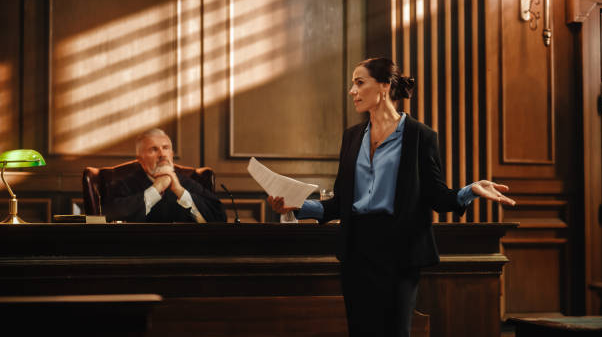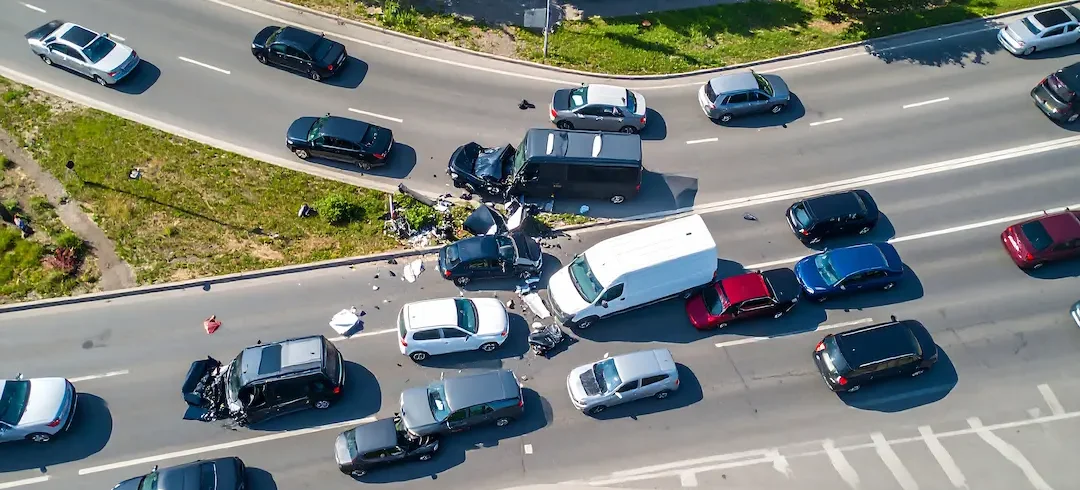If a driver, after being involved in a vehicle collision, runs away or flees from the scene without any intent to witness the extent of damage and injuries caused by his acts, he could be prosecuted for “hit-and-run.” This is chargeable either as a misdemeanor or a felony in California, depending on the severity of punishment faced.

More importantly, leaving could mean that someone may need help. You may call 911 to report a vehicle collision to local police or the California Highway Patrol (CHP). You need to show your driver’s license, vehicle registration card, and proof of financial responsibility to the other driver, people involved in the collision, or the peace officer. Current address particulars should also be given. Financial responsibility usually means an insurance company and policy name. If you do not produce this evidence, you will be fined and cited.
In a Hurry? Dial +1213-596-0265 now!
Vehicle Collisions Must Be Reported to the DMV
The DMV has to be notified of any accidents by means of SR-1 reports. In the case of a death or injury (however minor) valued at over $1,000, either you or your agent, lawyer, or broker must file an SR-1 within 10 days. Besides the SR-1, all other reports to the Police, CHP, or your insurance provider must take place. You can have an SR-1 form from any DMV office, a CHP office, or online. You must file an SR-1 report, whether you are at fault for the accident or not. If you fail to submit an SR-1 or have insufficient insurance at the time of a vehicle collision, your driving privileges will be suspended.
The DMV will record every vehicle collision reported by police unless they state that another party was at fault. If you report a vehicle collision, or if a third party to the collision reports it, it will be recorded on your record.
- Damages $1000 or more to any vehicle or property.
- Any person could get injuries or even be killed.
That is, the fault of either party regarding the collision is of no concern to DMV.
What to Do When You Witness a Vehicle Collision?
If you’re the first to arrive on the scene of a collision, then pull off the road and away from it. Emergency personnel must see the vehicle collisions and stop close to them for the easy removal of injured victims.
- Check to see if there are any injuries.
- Check for anybody thrown off a vehicle; they may be in tall grass or bushes.
- Call 9-1-1 if someone comes to your aid.
The person calling 9-1-1 should be prepared to answer questions, provide information like cross streets or freeway exit/entrance information, and how many people need help (are they bleeding, unconscious, without a pulse, etc.).
Do not hang up! Unless directed, do not hang up until the emergency dispatcher finishes with you. If flares or emergency triangulars could be deployed under the circumstances, let it be done. Otherwise, avoid using flares or smoke if fumes from a leaking gas tank are present.
Get anyone who is not walking or talking to the hospital. Again, do not move a patient unless he/she is in danger: a fire in an automobile or other threats. Moving someone wrong can worsen his/her injury.
If it is safe and undamaged, remove the vehicle from the traffic lanes. Turn off wrecking vehicles. No smoking! A big fire hazard!

In a Hurry? Dial +1213-596-0265 now!
Some Common Causes of Vehicle Collisions
A few common causes of vehicle collisions are described here:
- Unsafe speed
- Driver distraction
- Driving on the wrong side
- Improper turns
- Right-of-way violations
- Stop-sign and signal violations
- Mobile phone use
- Insurance Requirements
When you drive any car you own, you are financially accountable for your actions. The most common method for establishing proof of financial responsibility is by purchasing an automobile liability policy. If you drive without insurance, your driver’s license will be suspended as a result of the vehicle collision. So, where the driver cannot be traced, it is the vehicle’s owner who loses their licence.
The minimum insurance coverage is:
- Fifteen thousand dollars ($15,000) for one death or injury
- In case of a more than one person death or injury, an additional Thirty Thousand Dollars ($30,000).
On the other hand, one hundred thousand ($5,000) for property damage in one accident.
Choose Your Traffic Lane
If possible, avoid driving close to the scene of a collision or take an alternate route instead. If you must drive close, do not stop or reduce speed to view the scene of the collision. This may cause yet another vehicle collision. Be observant in case pedestrians appear. Conform to any policeman or firefighter directing traffic near a collision scene, even if this means unscrupulously ignoring normal traffic laws and signs.
Vehicle Collision Recap
You can complete the SR-1 Report by using the following:
- The date and time of the accident.
- The site of the accident.
- Every peace officer or person involved in the collision must show you your last known address.
- Your driver’s licence.
- Your vehicle registration card.The
The Insurance Company’s name and policy number are proof of your financial responsibility.
Bottom Line!
Leaving a scene, failing to file an SR-1, or providing incomplete documentation may result in fines and suspension of licenses or, worse, even jail terms. When such unfortunate events happen and you have legal implications from a vehicle collision, Tenina Law has you covered with its services.

Call Tenina Law today for a free consultation and let us protect your rights, through California’s complex traffic and insurance laws, from costly mistakes.
Do not delay. Starts now!






